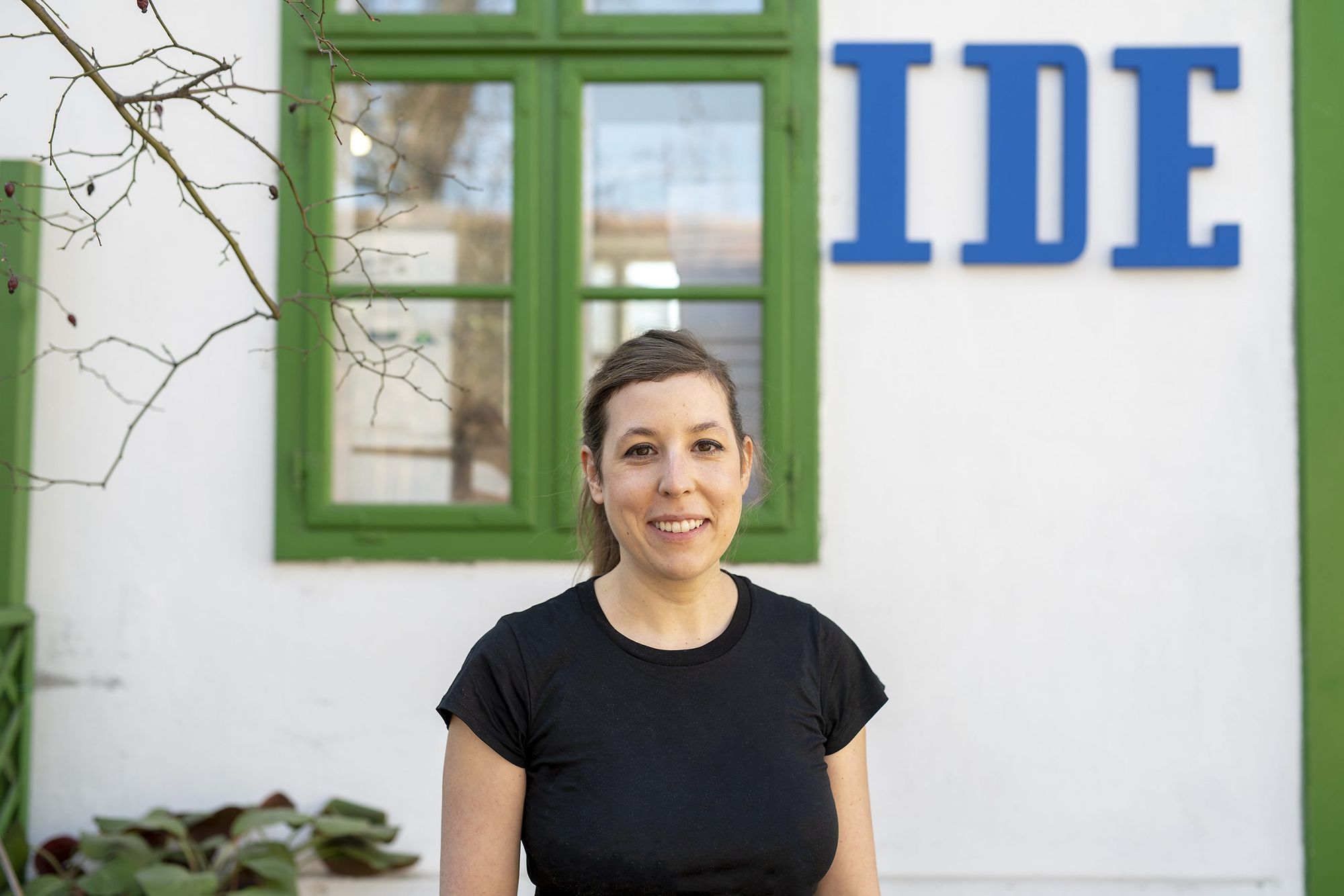She studied architecture, and was always deeply attracted to the world of gastronomy. Her first pizza place not only enriched Budapest’s gastronomic scene, but also became a favorite to many. We asked Nóri Vidó, the founder of IGEN and IDE about architecture, design as well as Neapolitan pizza and Roman-style pizza.
Nóri started her studies at the Budapest University of Technology and Economics, where she studied architecture, but she ended up pursuing a whole different profession, too. Everything started when she was looking at a Bauhaus house on Lupa Island with her mother, in which the architect designed not only the house but also the objects in it. “This fascinated me so much that I decided: I wanted to design not only the space but also the objects used in it,”—Nóri recalled.

Her brand, launched under her own name, debuted in 2010, under the aegis of which she created pieces of furniture including chairs and a hanger collection. Nóri’s exciting, statuesque objects still form indispensable elements of her own home to this day: for one, her concrete plate collection presented at the London Design Week in 2013 became a must-have accessory of holidays.
“I am a dreamer when it comes to designing, I don’t sketch a lot and work on many versions: when it pops up in my mind, I simply draw the object,” Nóri explained.
In addition to the sometimes surprising objects boasting a minimalist design, she also started to delve into the amazing world of gastronomy: first in the form of blogging, as she was a passionate hobby chef.
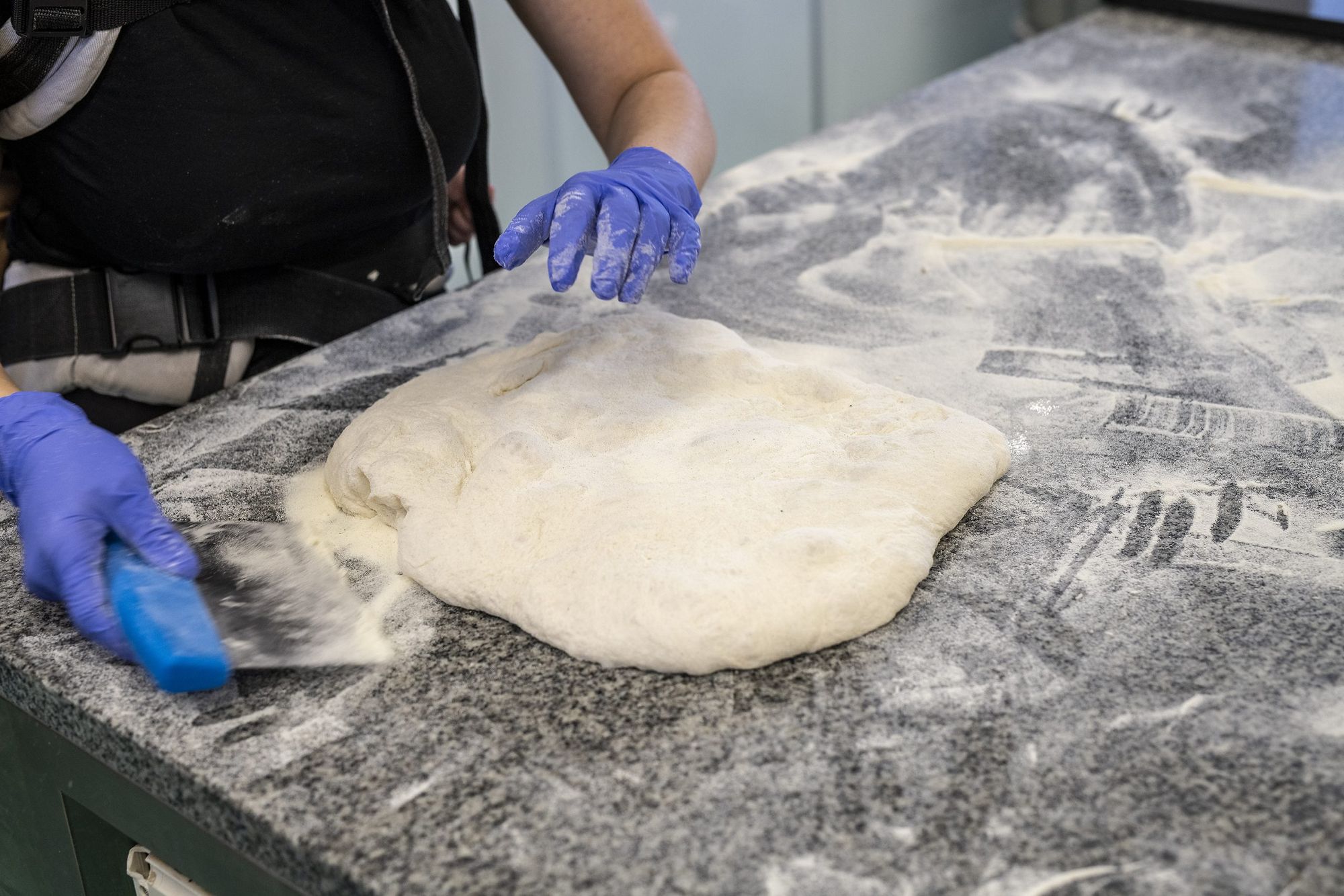
Budapest’s first Neapolitan pizza
It occurred to her in the course of her design projects that architects aren’t exactly confident when it comes to kitchen design. She, on the other hand, was no stranger to this field, and so she designed kitchens on several occasions. Later on, these projects also entailed a more detailed elaboration of the concept as well as composing the menu and the chef team. While she was busy helping others launch their own places, she was also longing for her own.
“In 2012, after a night out, it seemed like a good idea to start this and eventually it proved to be a really good one. It turned out that architects are, in fact, not very competent when it comes to kitchen design, but at the time I had already been writing about cooking for a long time: I own one of the first generation food blogs. I knew exactly what was necessary to make a dish with as little moves as possible, and so I combined my two profiles,”Nóri told us.
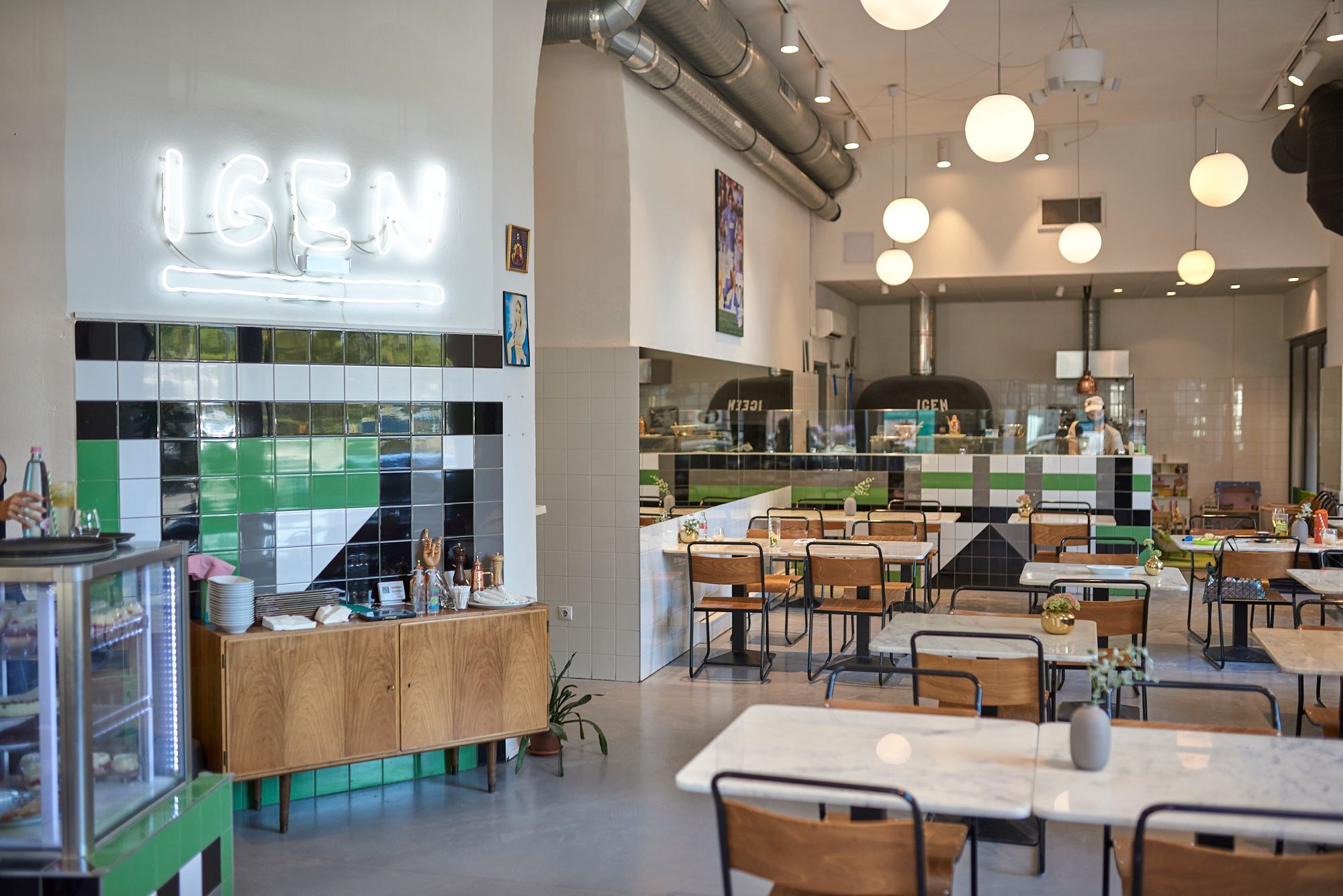
The concept of her own business also started to come together soon: three years before opening, her friend wrote a piece on street food places—at the time, there was quite a big shortage of them in Budapest. In this context, they talked quite a lot about how great it would be if high-quality pizzas were available in the city in slices: this is how the story of IGEN, the first true Neapolitan pizza place of Budapest started.
The pizza place became a hit quite soon: the tiny shop in Madách Square often had a long line of hungry people standing before it—it wasn’t long before they grew out the place and moved to Buda.
“I wanted to have a space that is for everyone, where you don’t feel awkward, where you can eat and drink comfortably and talk to your friends or with your grandma before theater. Where a group of friends enjoying a drink can co-exist peacefully with the families who booked tables near the kids’ corner,” she added.
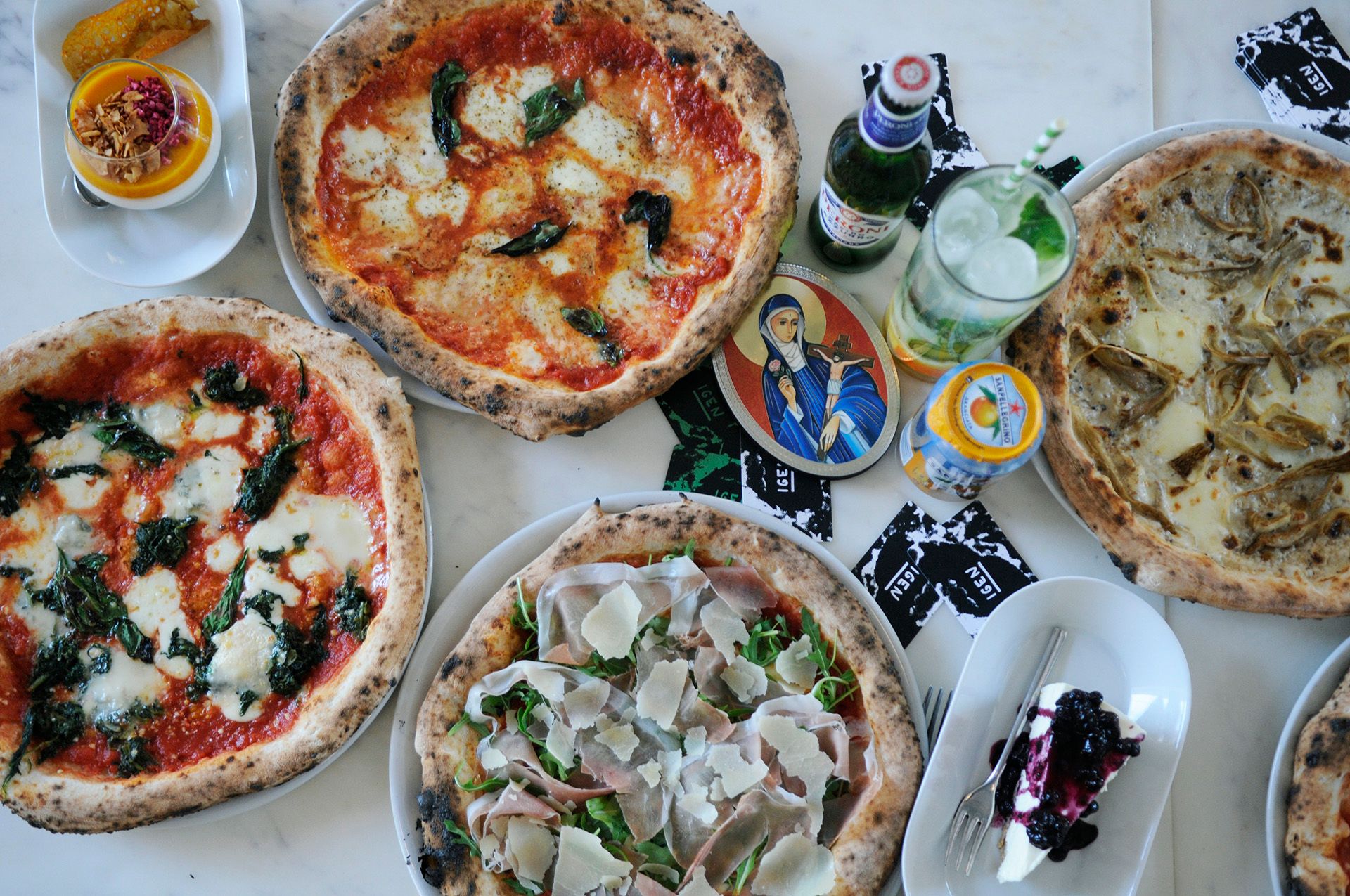
IGEN, just like Neapolitan pizza, is about respecting traditions and ingredients and also about naturalness. Neapolitan pizza has formed part of the UNESCO World Heritage List since 2017, and the know-how of making the perfect, original pizza is regulated and standardized by an organization titled AVPN (Associazione Verace Pizza Napoletana). IGEN’s team works according to their principles. This is important to highlight because IGEN was the first to obtain the AVPN certification in Hungary.
As a result of the increasing popularity, the need for home delivery was more and more apparent, and as Nóri also highlighted:
“Neapolitan Pizza doesn’t really like to travel”
As they didn’t want to leave the hungry without pizza to eat at home, the concept of the IDE pizza slice bar was brought to life. “We conceived the idea during our trips to Rome that this type would do well with traveling, too, then the thought was followed by action,” she added.
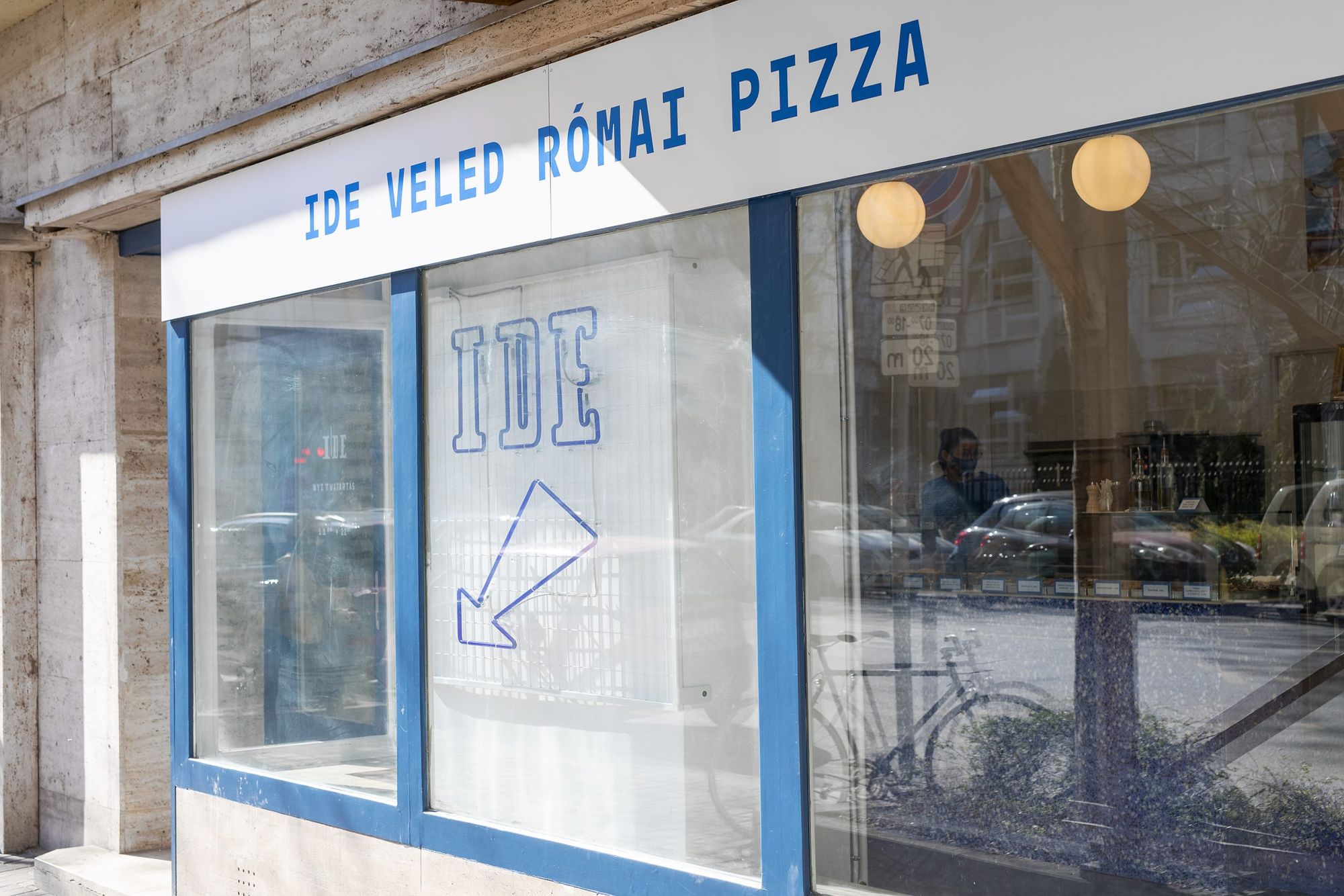
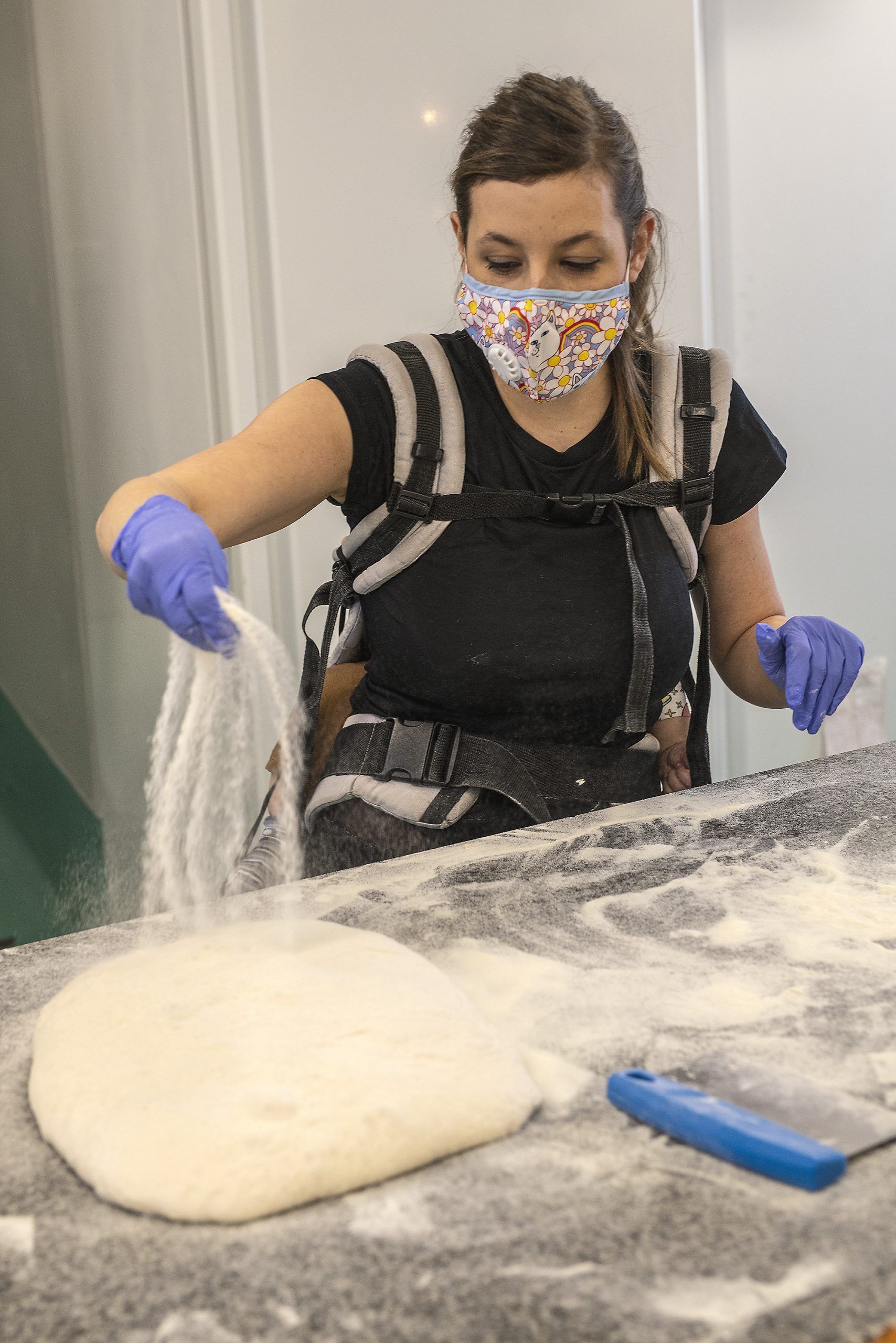
Soon it also turned out that this genre will not be profitable with a home delivery setup, and so last year, they opened the unit on Pozsonyi Street where one can pick their preferred slices in person. Just like IGEN’s, IDE’s interior also represents the same high quality inherent in clean and simple design with a touch of humor. The relics characteristic of Italian pizza places also pop up in IDE’s interior: in addition to the Madonna statuettes lined up on the blue shelf, an image of Cicciolina is also there to keep an eye on us.
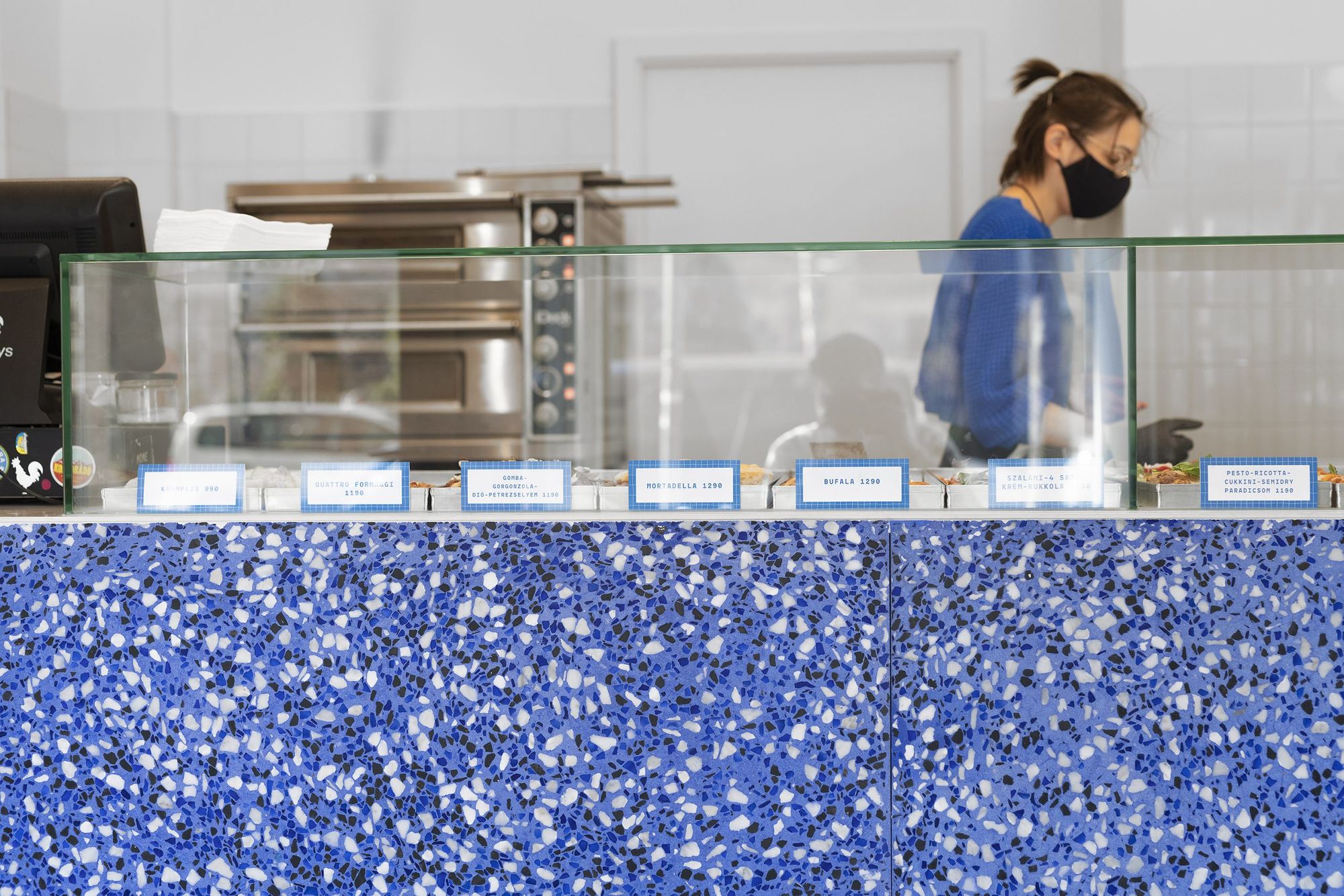

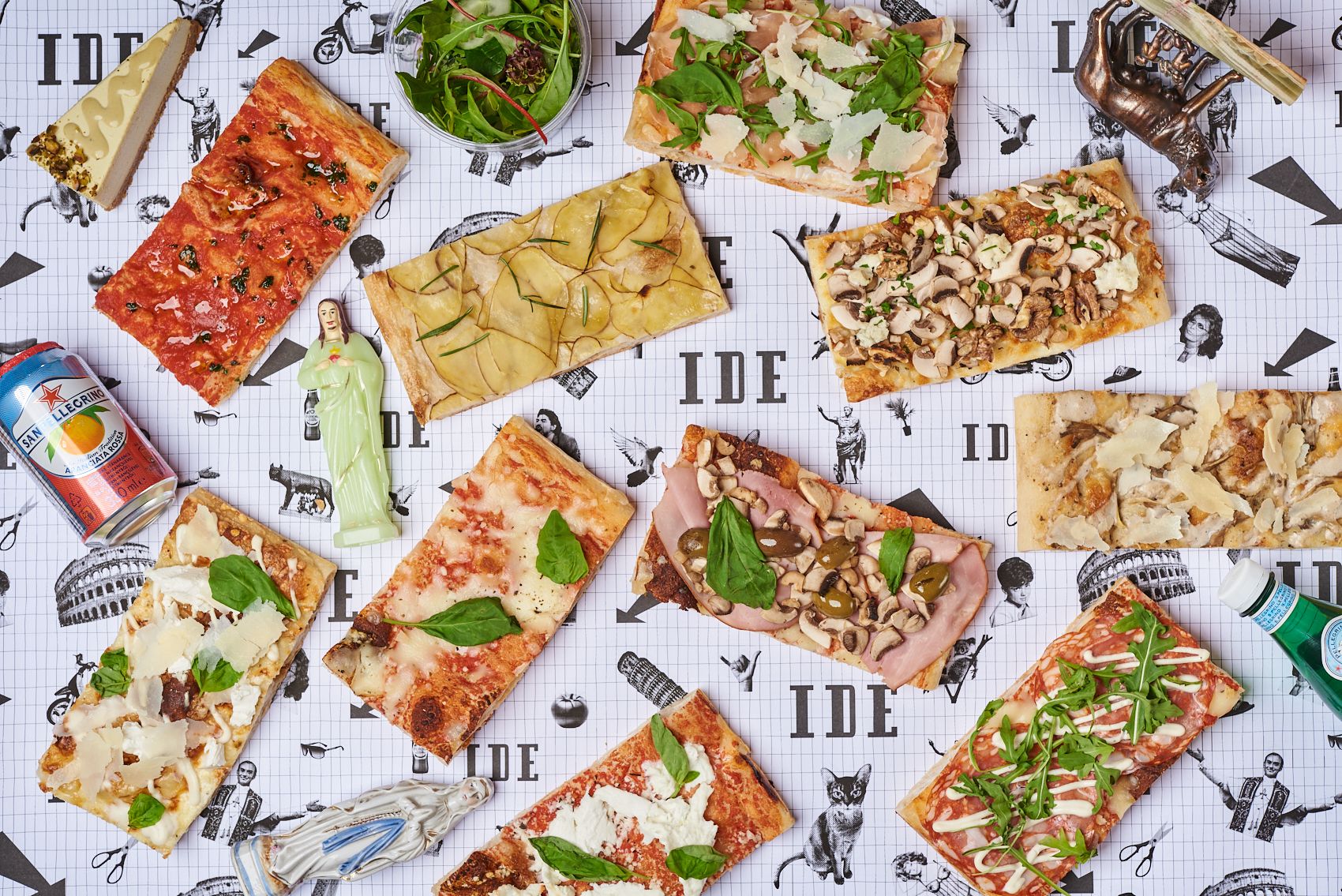
And what’s the difference between Neapolitan and Roman-style pizza?
As Nóri also raised our attention: “Almost everything except quality.” Neapolitan pizza is roundish, is baked in a wood-fired oven for 60-90 seconds and its dough leavens for 8-24 hours at room temperature. Its center is soft and paper-thin and should droop when you hold a piece in your hand. By contrast, a Roman-style pizza is baked in a 40×60 cm pan, in an electric stove, its dough leavens for at least 48 hours in a refrigerator and is highly hydrated; it is sold in slices that are thick but not because of the dough, rather the air bubbles in it. Its bottom is crispy, and is packed with toppings.
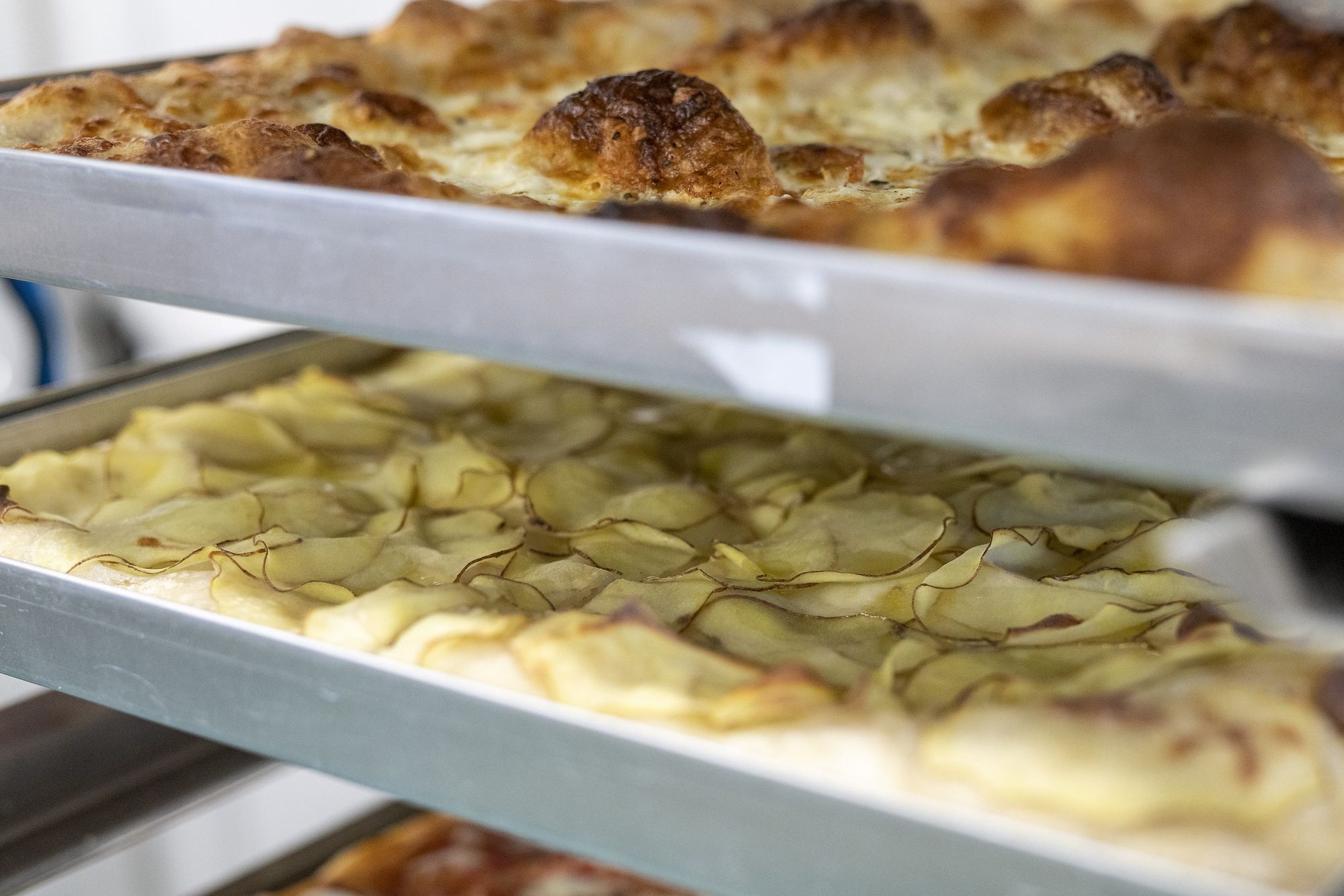
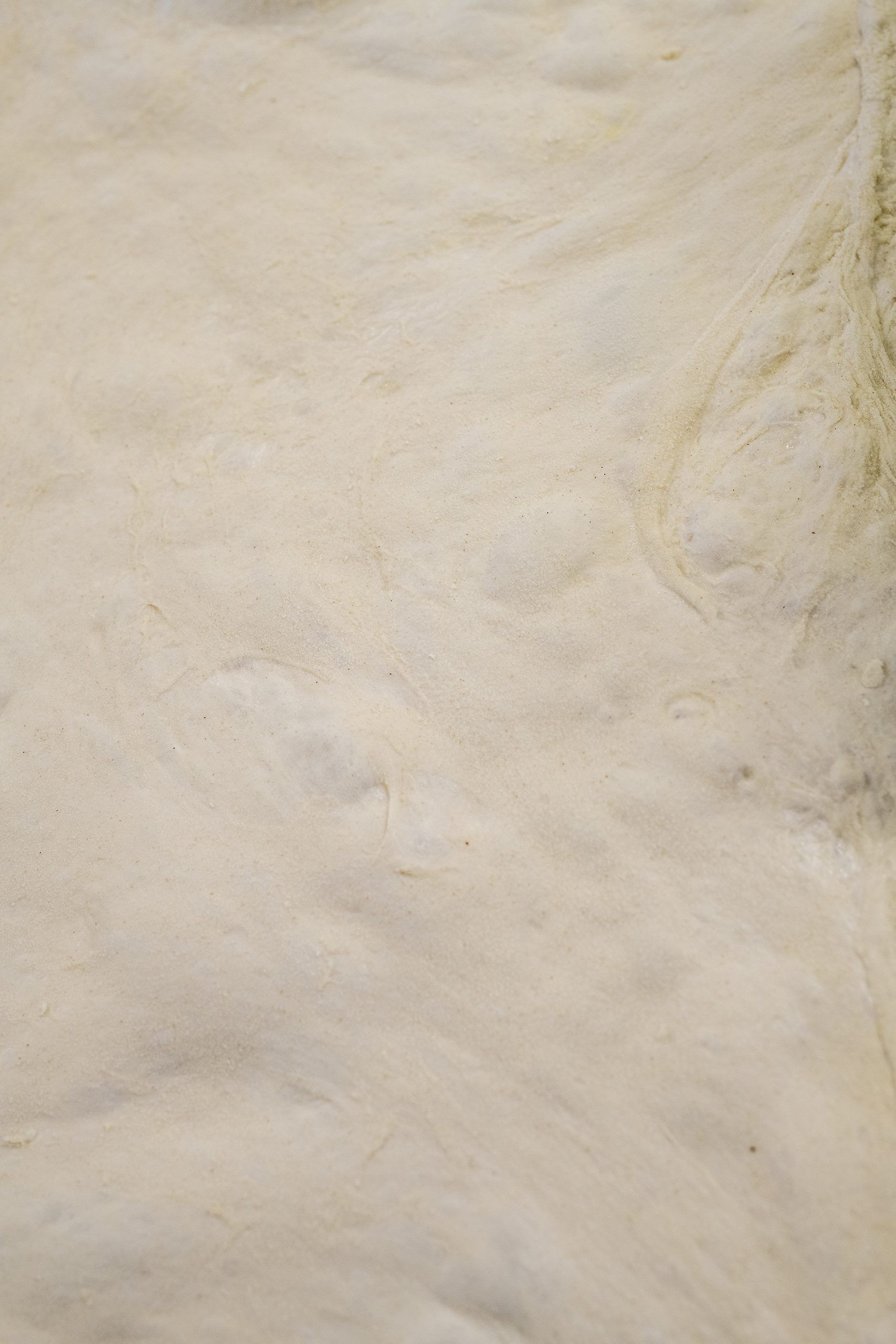

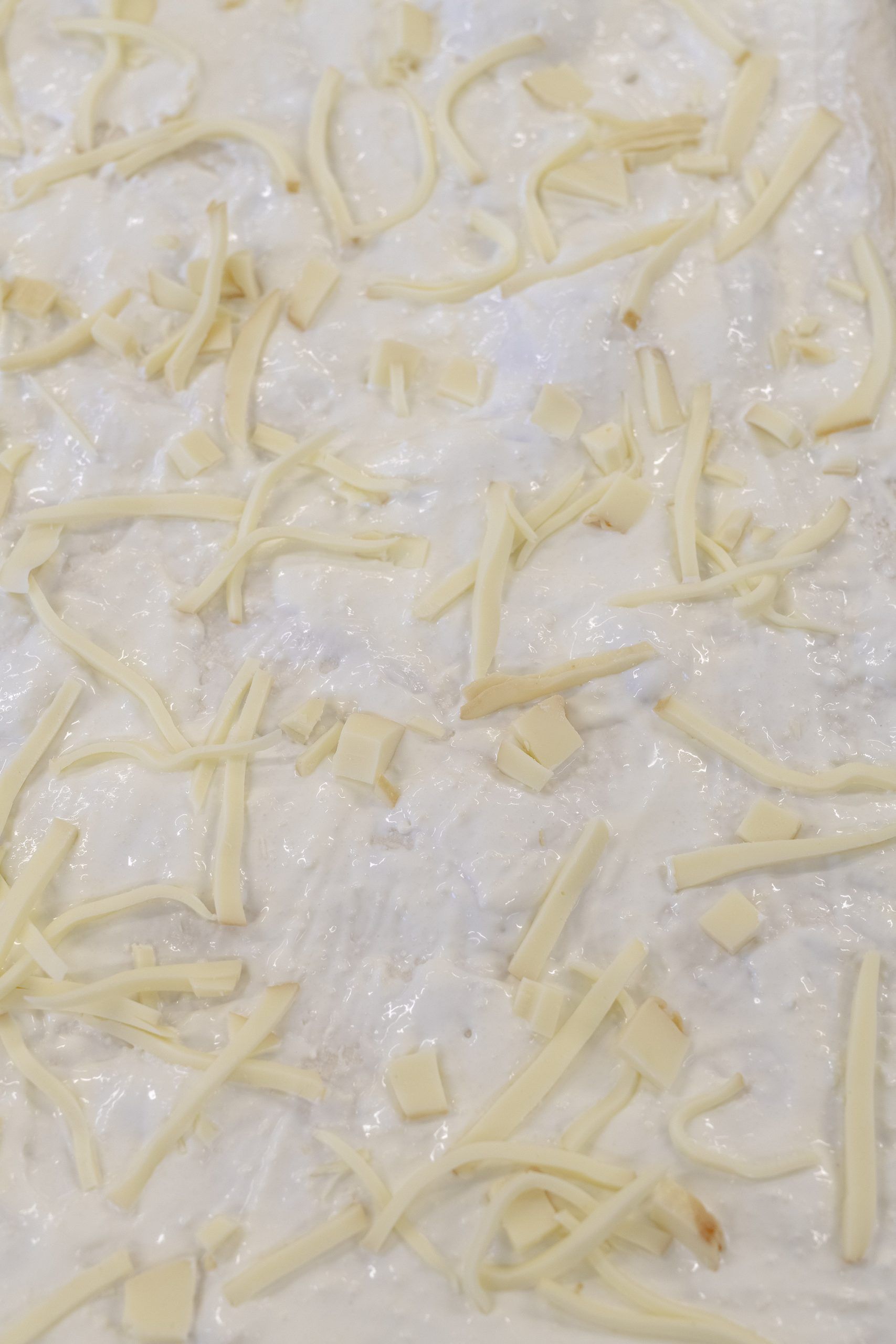
The Neapolitan pizza is best when taken right out of the oven, while the Roman is just as good on the day after,” Nóri highlighted. In the case of the Roman-style pizza, the slices get their final baking before serving, and only at 250 °C (thus making it possible to make it in any household oven). IDE’s pizza box comes with exact instructions on how to consume the selected slices.
In addition to the method of preparation and the technology, Nóri also ensures that the pizzas only come with premium quality toppings. “I test a lot, I always try to improve the products, one of the key aspects of which is the ingredient. Currently we bring everything from Italy: as much as possible we try to choose premium goods of small businesses,” she explained.
The selection of both IGEN and IDE has expanded since the launch, thus, hungry guests can complement their meals with lemonades, salads and desserts. One can try the strawberry-limoncello tiramisu or the salty caramel panna cotta, which are made based on Nóri’s recipes.
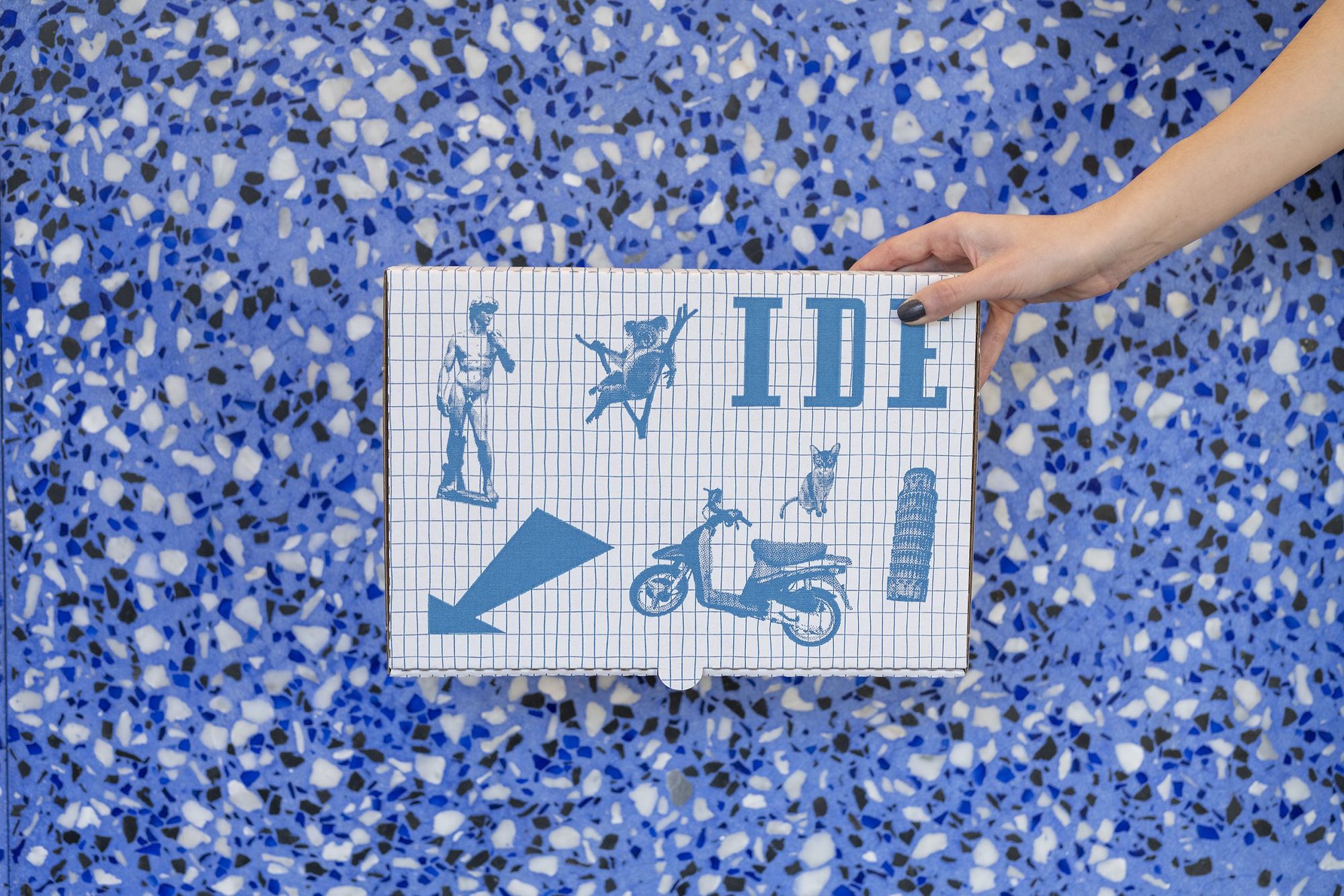
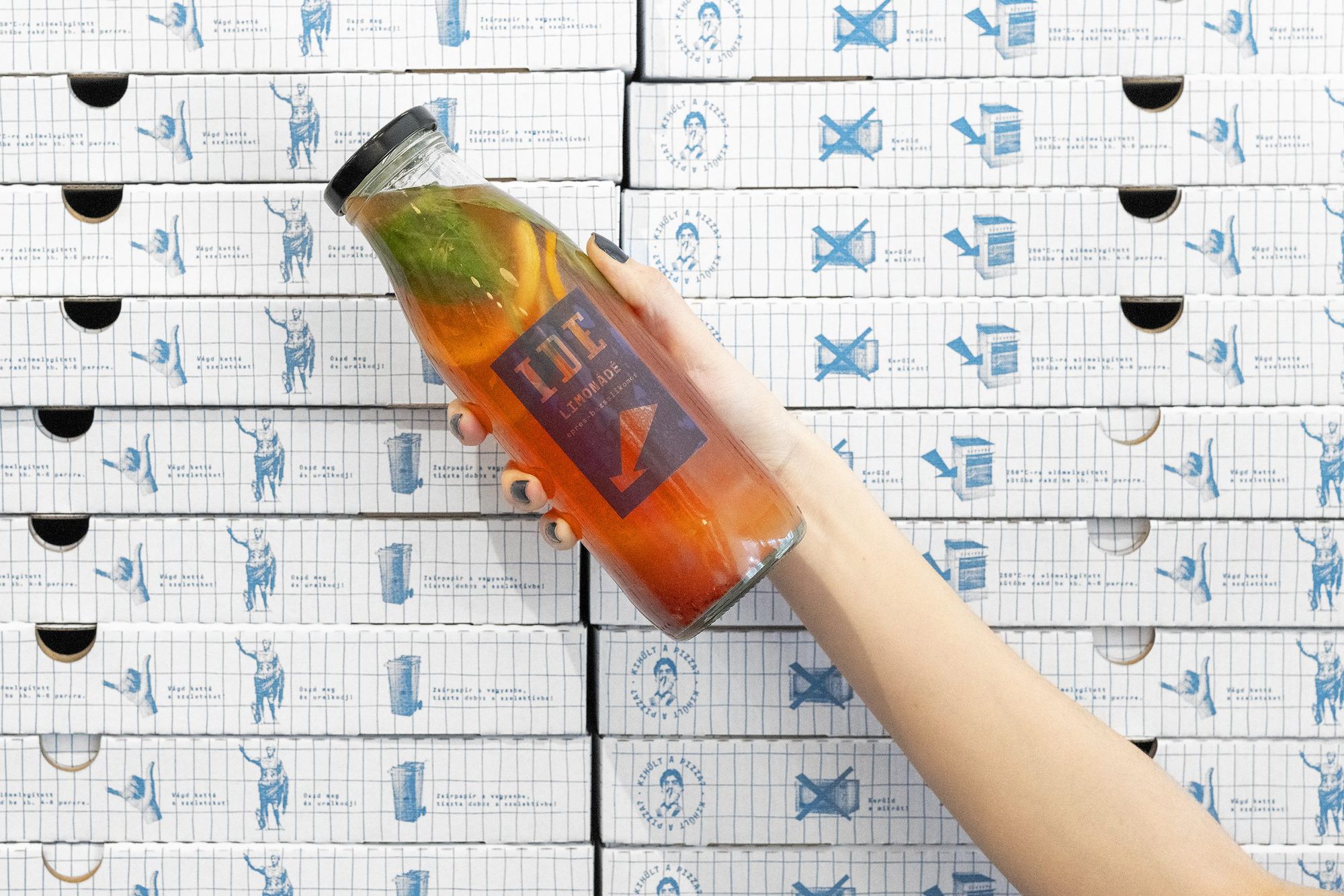

Nóri is a very energetic, firm, motivated and inspiring person, who sometimes works as a pizza-maker and at other times as a designer, while she is also a mother in the meantime. We were also intrigued to know what an average day is like for her with so many roles.
“In the past months, each and every day was the same, as I worked seven days a week. In the morning, as soon as I woke up, I dressed up myself and Brúnó—he is my youngest, who is so little that he still needs his mommy all the time, and so he comes with me everywhere—then we went up to Czakó Kert, to the plant of IDE, to bake the pizzas for the day. I kneaded the dough for two days ahead, I formed buns of them for the next day, and then I went either to IGEN or to IDE. From there, I rushed back home to finish my projects on the computer, then I cooked dinner for the family, bathed my kids, got them to sleep and finished my day with some work in the night. But this ends today (it could have ended a little earlier because Brúnó started to crawl), and so I will spend more time at the other two places, and not only in the plant, producing for the day,” she told us.
And what keeps her going forward? With effortless simplicity, all Nóri answered was: “this is what I’m like, somehow I can’t sit in one place for too long. I always have a groundbreaking idea that I must follow through.”
In addition to baking pizza and the new business, Nóri also leaves room for her design projects: in the future, she plans to take on more projects both as an architect and a designer. “I really hope this is what the pizzas will want, too, and they will bake themselves!”
Photos: Balázs Csizik, Nóri Vidó, András Zoltai
Nóri Vidó | Web
IGEN | Facebook | Instagram
IDE | Facebook | Instagram
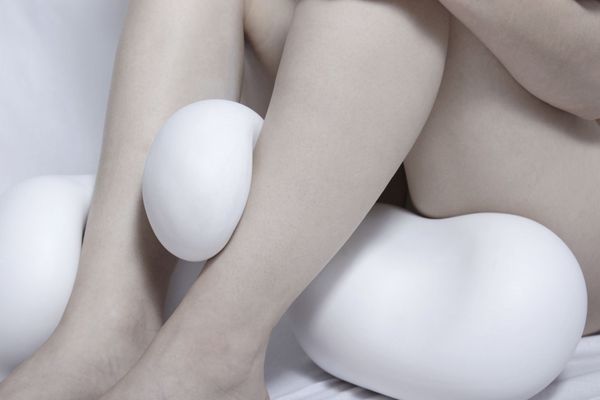
Harmony of body and object | Borbála Vincze
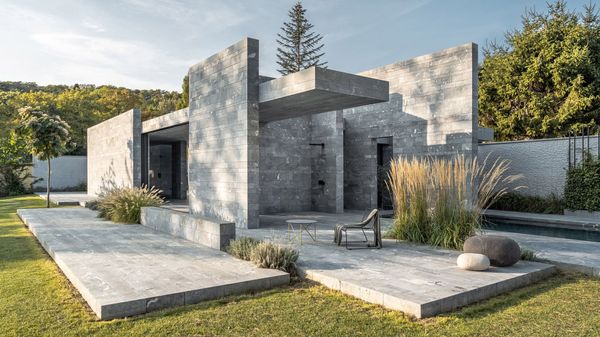
Inspiring public spaces in Eastern Europe| TOP 5










